
How European satellite's landmark demise can aid the fight against space junk
Aeolus' demise may pave the way for similar efforts in the future.
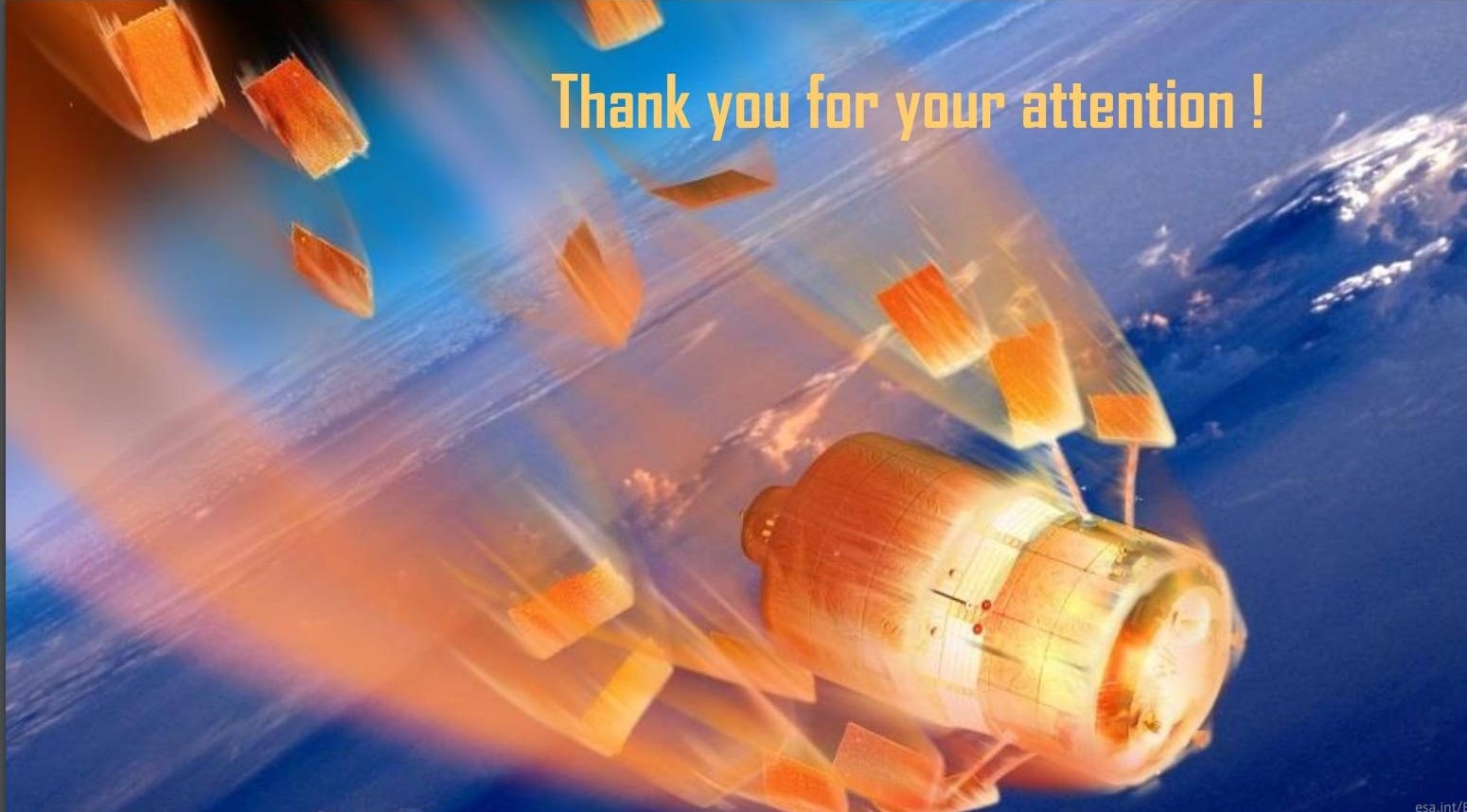
The European Space Agency (ESA) recently performed an assisted/semi-controlled descent of its retired Aeolus, a wind-studying spacecraft lofted into Earth orbit in 2018.
Mission scientists and engineers took on the tricky task of targeting a remote stretch of the Atlantic Ocean for the plunge to Earth of Aeolus. A key aspect of assisted reentry is that, for any spacecraft leftovers believed to survive the plunge, those bits and pieces would fall into a remote area.
ESA confirmed that Aeolus reentered Earth's atmosphere on July 28 above Antarctica, an outcome that was verified by the U.S. Space Command.
The "adios to Aeolus" action underscores a novel approach for the disposal of active satellites that were never designed for controlled reentry.
Related: European satellite falls to Earth in landmark 'assisted reentry'
Windage
But "above Antarctica" versus the Atlantic Ocean caught my eye. Did something not go according to plan?
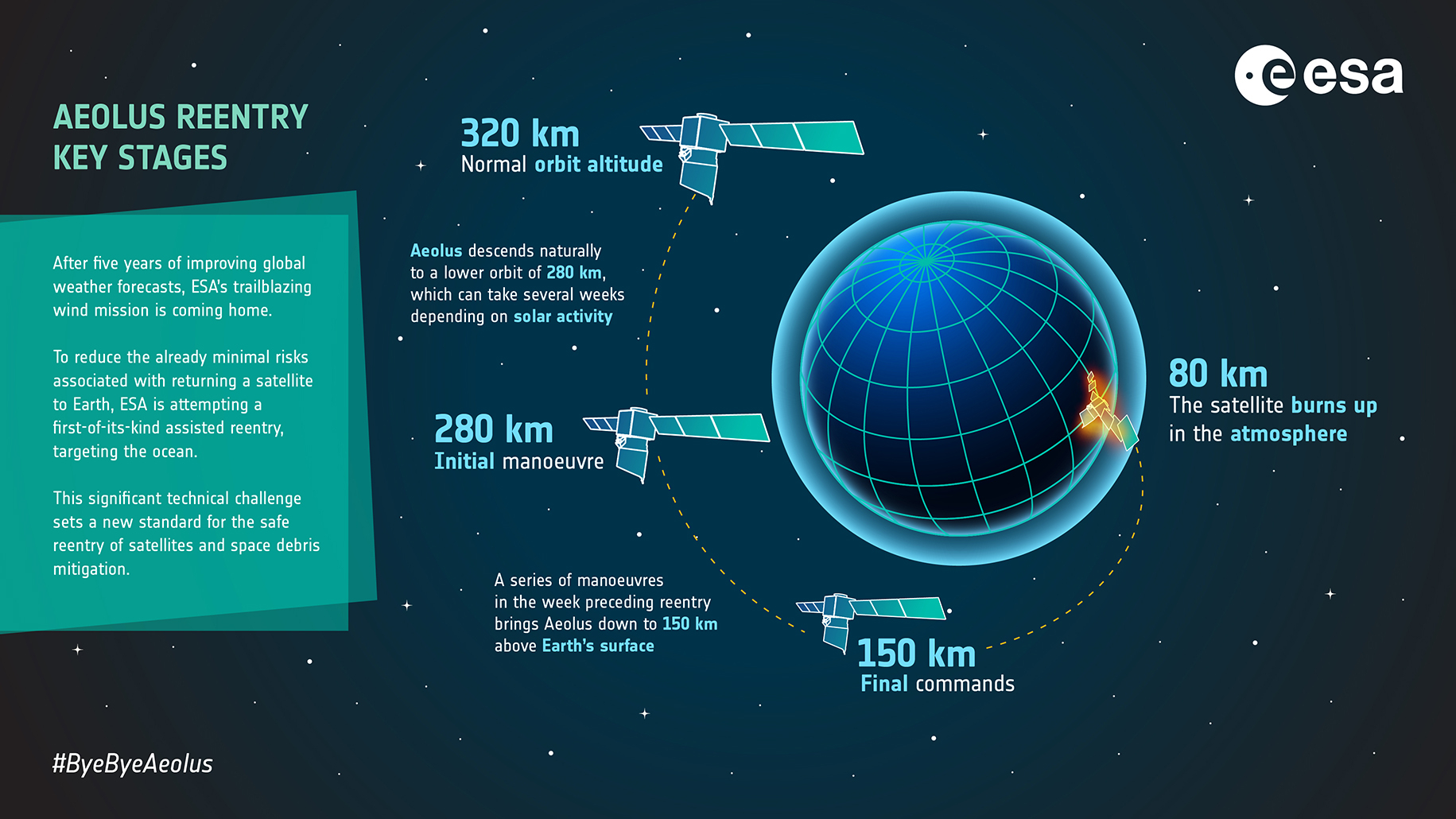
“In an assisted reentry, you have to accept inaccuracies along the desired target coordinates, and we required that it was maximum +\- half orbit centered in the middle of the Atlantic Ocean," responded Tommaso Parrinello, ESA Aeolus mission manager.
Get the Space.com Newsletter
Breaking space news, the latest updates on rocket launches, skywatching events and more!
"We re-entered within less than a quarter of an orbit. Better than expected," Parrinello told Inside Outer Space. It took almost a year to develop the assisted re-entry, or semi-controlled, concept, he said. That work involved designing the best corridor of reentry, changing the satellite configuration and designing the timeline, along with more checks via simulation.
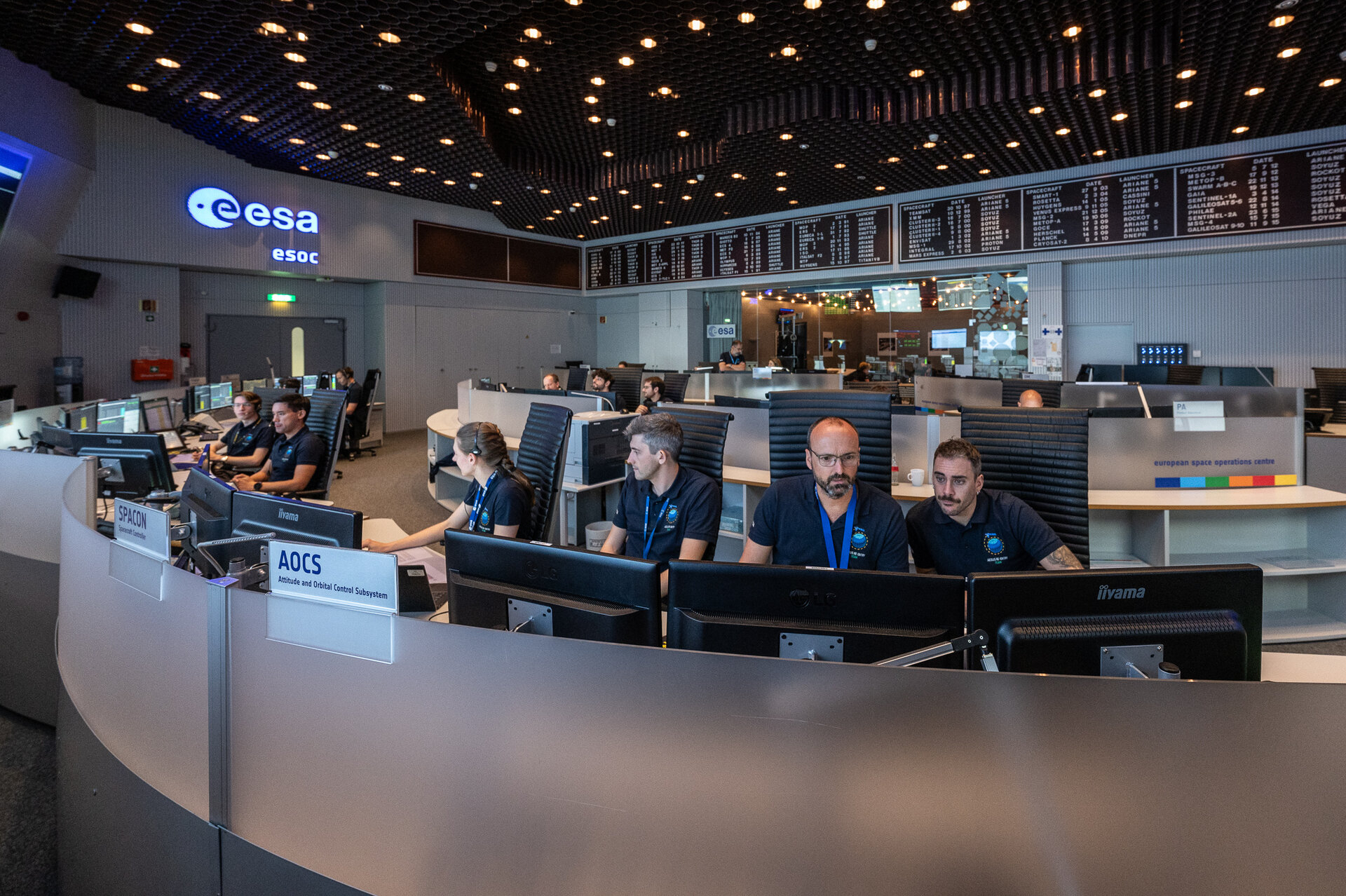
As for the price tag of the Aeolus assisted reentry, "the funds were within the foreseen operation costs…there is not a figure to give," Parrinello said.
Minimize risk
"With the growing number of objects being launched into space, we certainly expect that many will reenter over time, so I think ESA's efforts to develop and test an assisted controlled reentry is important to minimize the risk to human life on or near the surface," said T.S. Kelso of CelesTrak, an analytical group that keeps a sharp eye on Earth-circling objects.
Similar in view is Darren McKnight, a senior technical fellow for LeoLabs.
"This is significant for several reasons," McKnight said. "First, it is critical for everyone to note that sometimes the act of reducing orbital collision risk comes at the cost of risk to aviation and ground impacts. The U.S. has a self-imposed threshold of 1/10,000 chance of ground casualty from a reentry, but that is not accepted worldwide."
Related: Kessler Syndrome and the space debris problem
McKnight said that it is laudable to see others minimizing this reentry risk. He added that this spacecraft was not designed to do these maneuvers, yet performed them admirably.
Continual innovation
"Much of the positive space safety behavior over the last few years has been by systems not designed to perform that way. The continual innovation by many has been impressive," McKnight told Inside Outer Space.
Lastly, McKnight said that "active debris removal is a complex but greatly needed operation to improve the state of the debris environment in low Earth orbit, and it requires several steps: identify, rendezvous, grapple, de-tumble and de-orbit safely. This exercise builds confidence in the ability to do the last critical stage of safe de-orbiting of large spacecraft."
Responsible behavior
Aeolus had a dry mass of 2,425 pounds (1,100 kilograms). The most critical removal sequences, McKnight said, will be performed on orbiting objects over 2,200 pounds (1,000 kg).
"It should be noted that any spacecraft above 500 to 800 kilograms [1,100 to 1,760 pounds] in mass is likely to have sufficient debris survive reentry as to warrant controlled reentry to meet the 1/10,000 threshold for ground casualty," said McKnight. There are currently nearly 800 rocket bodies and over 300 non-operational payloads in low Earth orbit with a mass over 1,000 kg, he pointed out.
"This demonstration showed how individual responsible behavior can contribute to the growing space safety expertise, highlighting that space safety does not have to be debilitating for space operators," McKnight concluded.
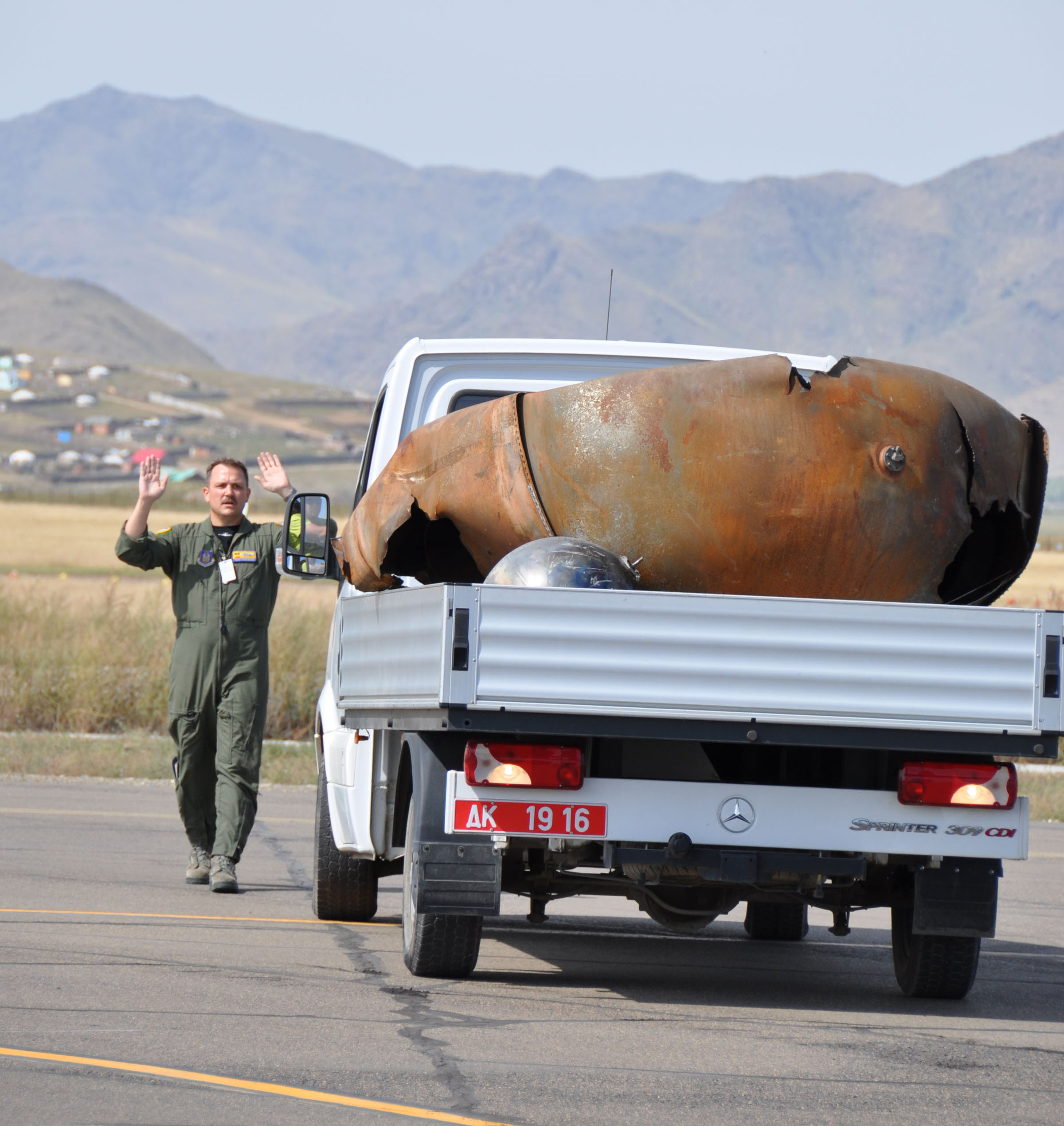
Detrimental effects
On the other hand, there remains the issue of rubbish from spacecraft falling out of orbit having harmful effects on global atmospheric chemistry.
Some experts are concerned that the growing scale and pace of space activities may lead to new unforeseen impacts on the environment and climate. Furthermore, what appears required is improved monitoring of the situation, as well as regulation to create an environmentally sustainable space industry.
These are observations from recent research on atmospheric impacts of the space industry led by Jamie Shutler, associate professor of Earth observation in the Center for Geography and Environmental Science, College of Life and Environmental Sciences at the University of Exeter, Cornwall.
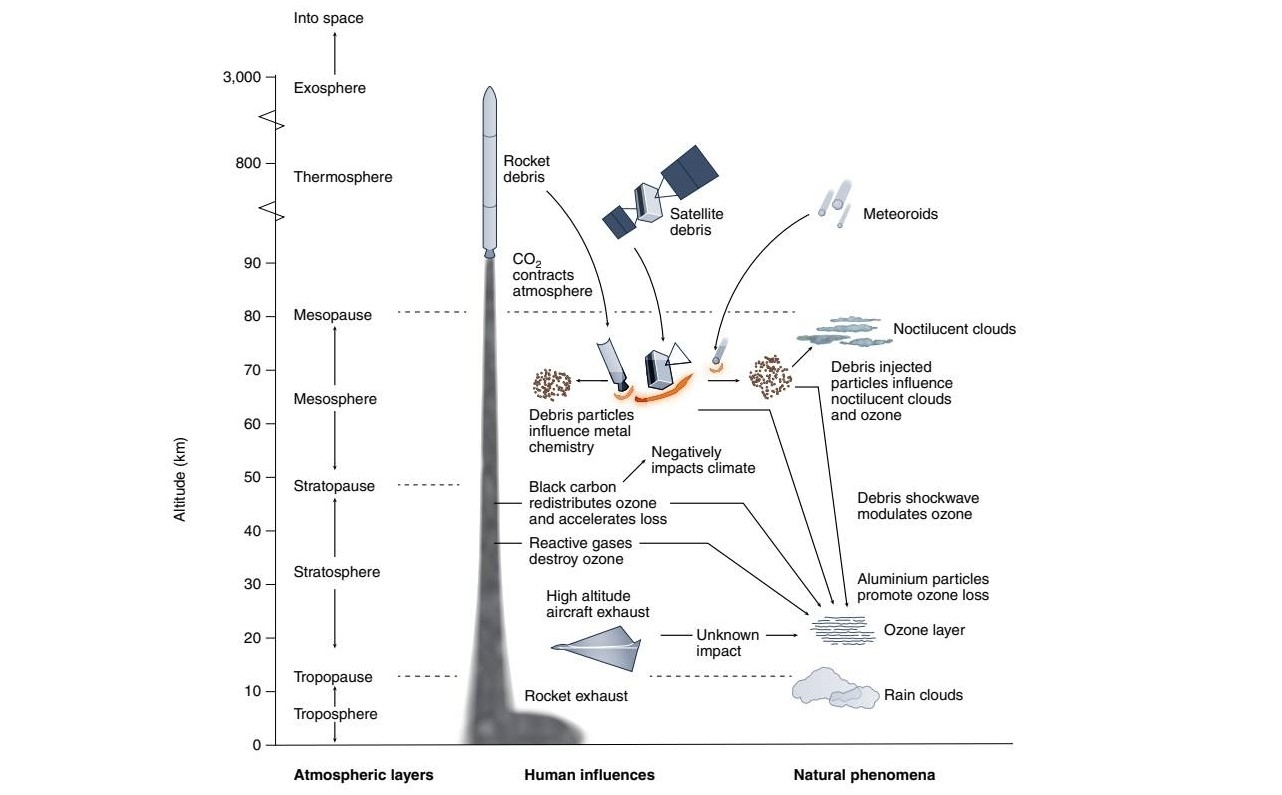
Full impact, not known
As for the outcome from assisted reentry, like that done with ESA's Aeolus satellite, it's a tough call, Shutler told Inside Outer Space.
"It’s good that agencies are now starting to consider the environmental aspects of these technologies and how previous standard approaches are not sustainable," Shutler said. Those prior strategies include shifting satellites to a graveyard orbit or just leaving the satellite in its original orbit to slowly de-orbit.
"But equally, de-orbiting for burn-up in the atmosphere and with roughly 20% of the satellite landing in the ocean is not sustainable or environmentally good," Shutler said. "The satellite components don't just vanish; they instead get re-distributed throughout the atmosphere, and the full impacts are not known."
Related: Coming increase in rocket launches will damage ozone, alter climate, study finds
Ozone loss
For example, Shutler added, satellites are mainly made of aluminum, and we know that aluminum in the upper atmosphere can promote ozone loss. "Whilst being claimed to be 'harmlessly falling in the ocean,' it's still littering in the ocean on which we rely for food, and for regulating our weather and climate."
Shutler said the ESA effort is a step in the right direction, "but only if this is the start of greater efforts by all agencies and private organizations to question and reduce the environmental impact of space activities."
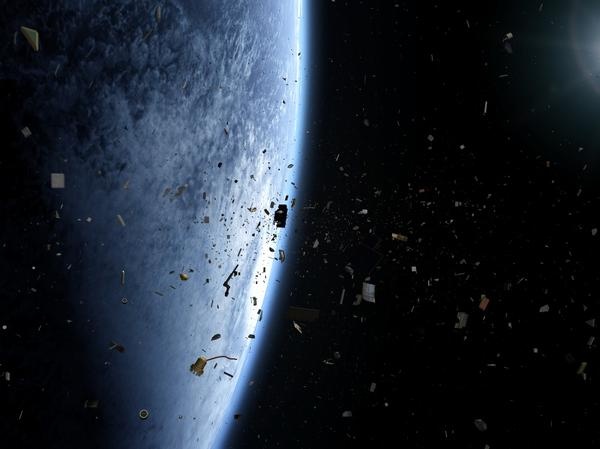
Sustainable space?
In Shutler’s view, greater efforts need to be made, for example, in controlling the overall quantity of satellites in orbit, like sharing resources efficiently, rather than large-scale duplication, as we see now with commercial activities.
Also needed is a reduction in the quantity of aluminum within those satellites, "and showing greater consideration for the atmosphere, the ocean and whole of Earth's environment, instead of just protecting the land, whilst simultaneously considering everywhere else as being acceptable for littering."
Shutler’s bottom line: "Overall, I would hope that the approach of simply de-orbiting all satellites is not the future. Much more needs to be done to address the problem, and recognizing this wider issue, as it seems is being done by ESA… [is] a good first step. But despite the social media tagging, we have a long way to go before we have anything close to 'sustainable space.'"
Reentry regime
Also noting the Aeolus outcome is Aaron Boley, an associate professor of physics and astronomy at the University of British Columbia in Canada.
"It is positive to see the ESA using available spacecraft capabilities to reduce the risks of lethal reentry debris, instead of leaving the reentry outcome entirely to chance," said Boley.
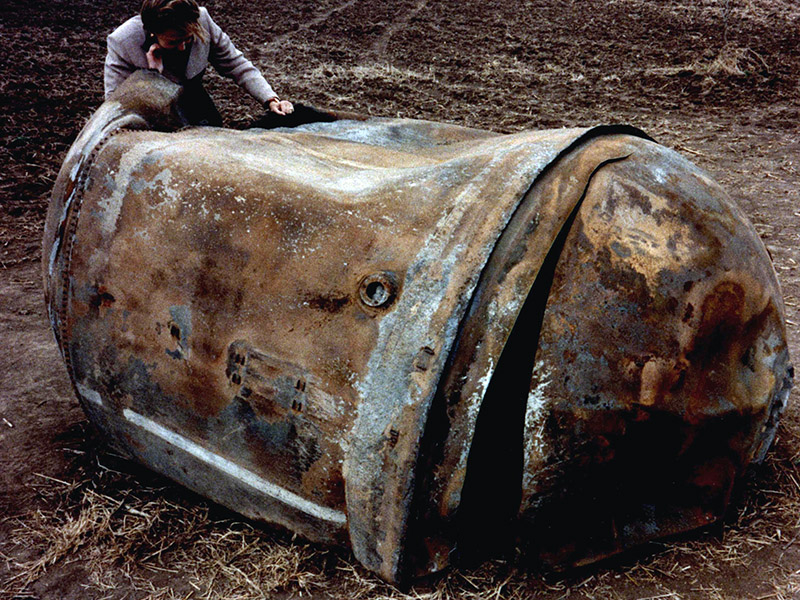
For large satellites in orbit that were never designed to conduct controlled reentries, assisted/semi-controlled re-entries are a step in the right direction, Boley told Inside Outer Space.
'It should nonetheless be recognized, while things went well in this case, that such maneuvers are not a controlled reentry and still carry substantial reentry time uncertainties. Not all large spacecraft in orbit will be capable of such a semi-controlled reentry, either," Boley pointed out.
Moving forward, Boley said that states and operators need to work together to develop a controlled reentry regime for new satellites and launch vehicles in an effort to limit the risks of reentry debris to people on the ground, at sea, and in airplanes in flight.
"Such a regime would include requirements for controlled reentries, and in circumstances where a controlled reentry is not feasible, the requirements would include risk reduction measures as part of the satellite design," said Boley.
Join our Space Forums to keep talking space on the latest missions, night sky and more! And if you have a news tip, correction or comment, let us know at: community@space.com.

Leonard David is an award-winning space journalist who has been reporting on space activities for more than 50 years. Currently writing as Space.com's Space Insider Columnist among his other projects, Leonard has authored numerous books on space exploration, Mars missions and more, with his latest being "Moon Rush: The New Space Race" published in 2019 by National Geographic. He also wrote "Mars: Our Future on the Red Planet" released in 2016 by National Geographic. Leonard has served as a correspondent for SpaceNews, Scientific American and Aerospace America for the AIAA. He has received many awards, including the first Ordway Award for Sustained Excellence in Spaceflight History in 2015 at the AAS Wernher von Braun Memorial Symposium. You can find out Leonard's latest project at his website and on Twitter.









